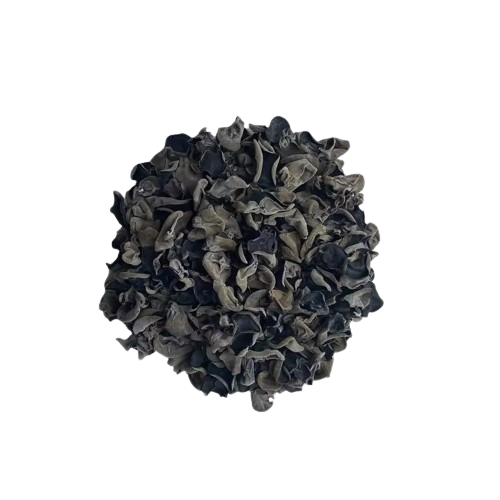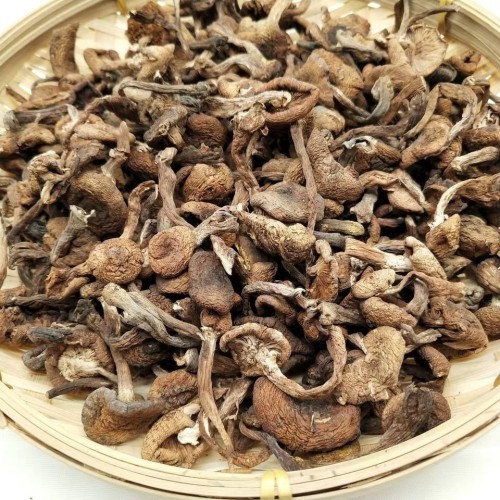Shiitake mushrooms are a staple ingredient in most global cuisines due to thei...

Located in Songbei District, Harbin City, Heilongjiang Province. It is mainly engaged in Northeast fungus, Northeast mushrooms, and other dry agricultural products. Our products are suitable for overseas supermarkets, home cooking, and gifts. In our company, we use cutting-edge techniques and an ideal overall production management system.
We adhere to the guiding ideology of "let all mankind eat healthy and authentic Northeast agricultural products" and always prioritize quality and innovation. Our pursuit is professional and single-minded and constantly improves customer satisfaction.
Committed to producing perfect quality.

Our Northeast Shangzhi Black Fungus is carefully sourced for its premium quality and rich nutritional profile. Its crisp texture makes it ideal for many recipes including soups stir-fries and salads. We ensure freshness, chemical-free processing, and optimal packaging to retain its natural flavor and benefits. Learn more about our fungus product offerings, visit here.

Our premium Hericium erinaceus is 100% natural and meticulously cultivated for quality. Known as Lion's Mane Mushroom, it is rich in bioactive compounds supporting brain health, immunity, and overall wellness. Our dried mushrooms come from freshly harvested ingredients with no chemicals added to deliver their full nutritional value. We also offer a variety of mushrooms and fungi, including Shiitake, Fungus, and Dried Mushrooms. Click here to explore our full range of products to find more options for your needs!

Our Hazel Mushrooms are loved for their rich, earthy flavor and tender texture, making them a great addition to any meal. Packed with nutrients and carefully processed to ensure freshness, they’re perfect for soups, stews, and other delicious dishes. Learn more about us and explore our full range of products here.



We are the world's leading supplier of agricultural products from the Northeast and are recognized for our exceptional quality and innovation.
We connect the world to the bounty of the Northeast by providing healthy, authentic agricultural products through continuous improvement and dedication to customer satisfaction.


I recently discovered and their Northeast mushrooms are fantastic! So flavorful and perfect for adding a unique twist to my home cooking. They arrived fresh and beautifully packaged, and I'll definitely be trying their other products soon!



I've been very happy with the quality of ]'s products. However, the shipping options for smaller orders could be expanded to include faster delivery at a competitive price. This would be even more convenient for those who need ingredients quickly



as a busy professional, I appreciate the convenience of having high-quality Northeast agricultural products delivered straight to my door. offers a reliable service with a great selection.


LEARN MORE ABOUT LATEST TECHNOLOGY
Shiitake mushrooms are a staple ingredient in most global cuisines due to thei...
Healthy living requires that one follows a balanced diet, however, if the stomach is not ...
Black fungus also known as Ear fungus named for its visible appearance of a sh...